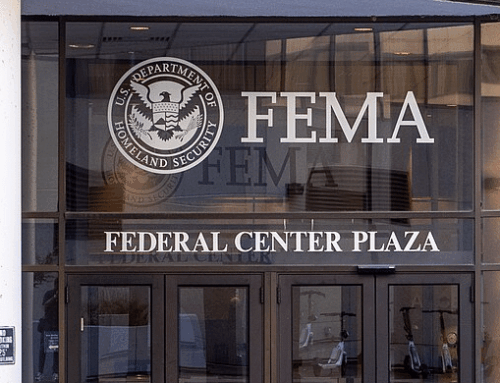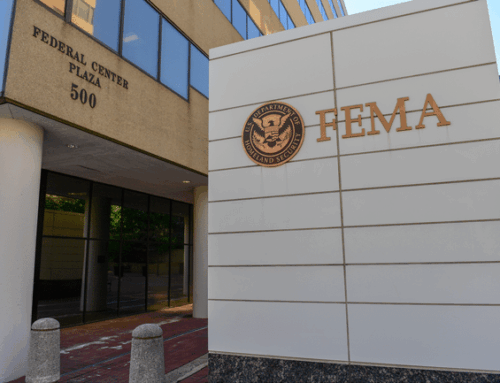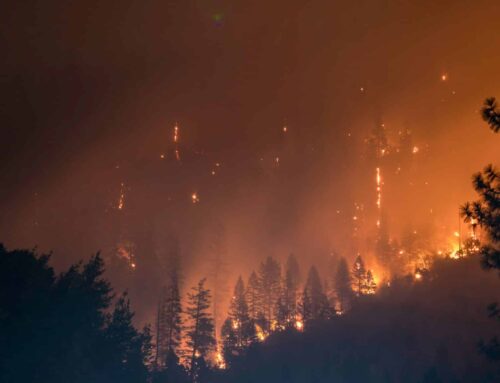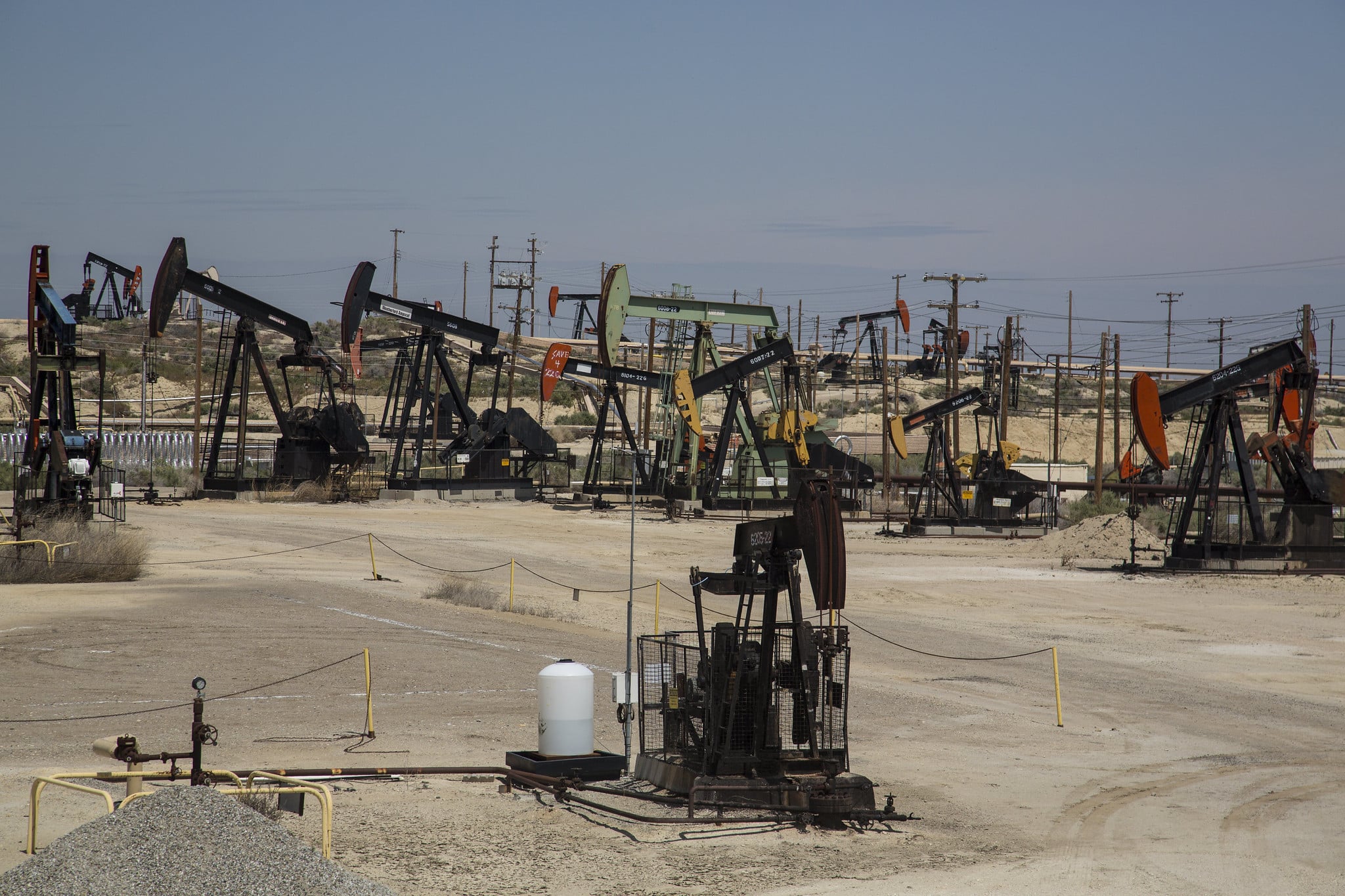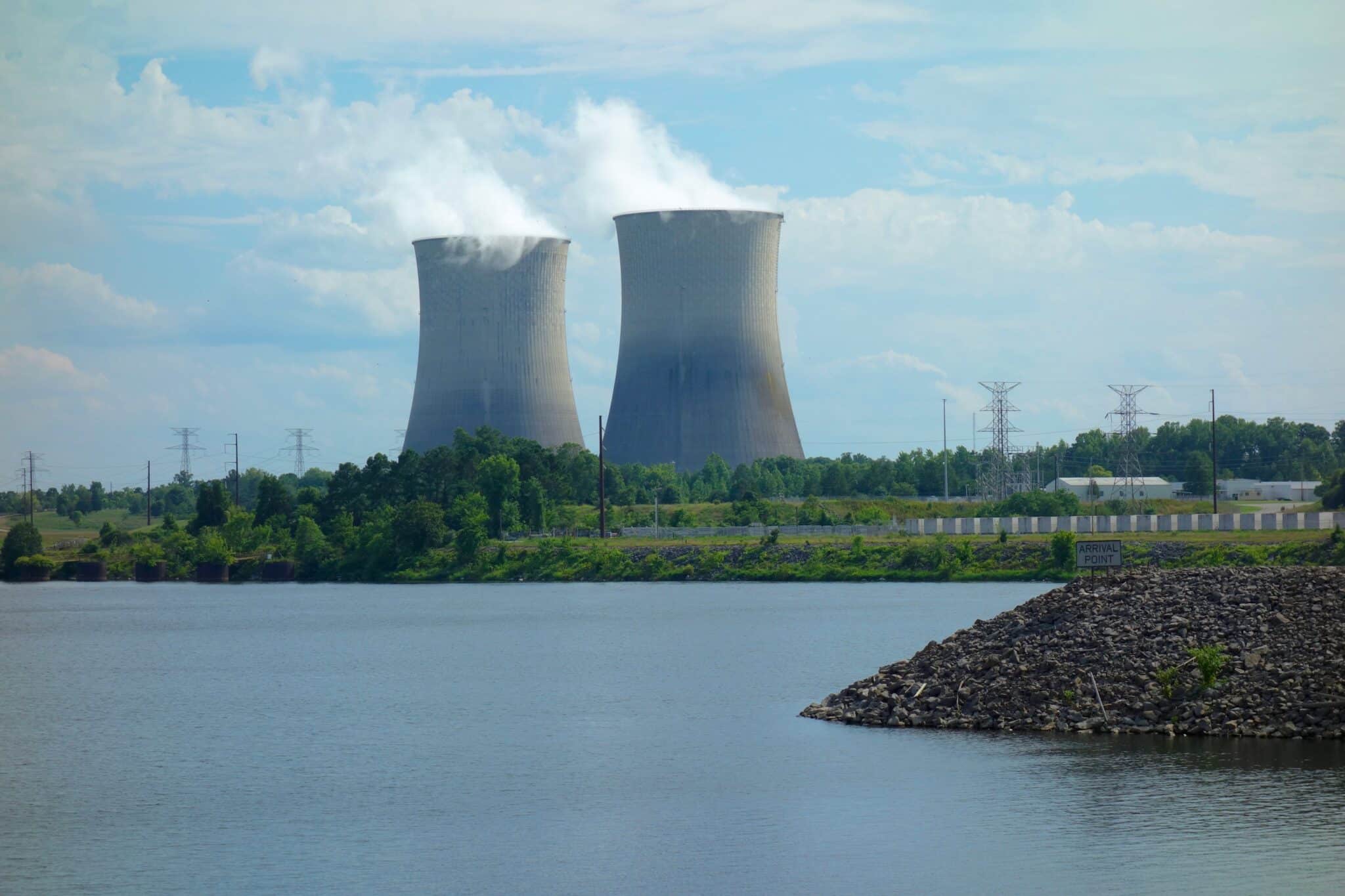Hurricane Katrina slammed into the Gulf Coast on August 29, 2005, flattening coastal Mississippi and leaving New Orleans under water for days. The storm ultimately took more than 1,300 lives, destroyed communities and businesses, and upended lives. Just the physical damage was $170 billion. Sadly, twenty years later, taxpayers are still picking up the pieces and still paying for poor planning. Despite the lessons that storm should have taught, Washington slipped back into old habits—underinvesting before disaster, overspending after, and rebuilding in ways that guarantee the cycle will continue.
Katrina's bill alone has topped $120 billion for federal taxpayers and is still climbing as long-delayed Corps of Engineers projects and housing grants finally trickle out the door. And what did taxpayers pay for? In too many places, homes rebuilt in floodplains, entire neighborhoods still marked as high risk by federal flood maps, and infrastructure that already failed once before. Katrina's 2005 storm surge tore the Bay St. Louis and Biloxi Bay bridges off U.S. 90; Mississippi replaced both by 2009 with federal emergency-relief dollars. When Hurricane Zeta hit in 2020, it damaged more U.S. 90 spans, and the state again leaned on the same federal program for repairs. Same real estate, same problems, three different taxpayer bills.
The pattern is not confined to Katrina. Since 2005, Congress has appropriated roughly $478 billion for the Disaster Relief Fund. Adjusted for inflation, that's more than the cost of building the entire Interstate Highway System. We are spending more on disasters than ever, but we aren't buying down risk. We're underwriting its return.
The math on mitigation has been clear for decades. Every dollar spent on mitigation, which is preparation before disasters strike, can save up to $13 in post-disaster recovery costs. After the 1993 Midwest floods, towns that used federal buyouts to relocate out of floodplains reported zero losses in the next big flood just two years later. That's proof mitigation works. But instead of leaning into that success, Washington keeps shortchanging prevention on the front end and overspending on the back end.
FEMA's own budget shows the imbalance. Pre-disaster mitigation grants accounted for less than 3 percent of FEMA's Disaster Relief Fund spending between 2017 and 2023. The rest goes to emergency and recovery aid. Congress reliably writes blank-check supplementals after the cameras start rolling but won't provide steady funds to reduce risk in advance. Too often, rebuilding money goes back into the same places with the same weak standards, practically guaranteeing another round of losses. That's not resilience; it's roulette.
The National Flood Insurance Program (NFIP) makes matters worse. Decades of artificially low premiums mean policyholders underestimate risk, developers keep building in flood zones, and taxpayers serve as the backstop insurer. NFIP has been bailed out so many times it now owes the Treasury more than $20 billion with no plan to repay. It's become a subsidy for repeat disasters.
The Army Corps of Engineers has its own failures. Independent experts concluded most Katrina-era levee breaches were caused by design and construction flaws. Yet reforms were modest, and Congress continues to push for massive concrete projects that look impressive at ribbon cuttings but don't always reduce risk. Take the $1.4 billion "back-bay barrier" in Mississippi, added to the Corps' 2023 Work Plan. The agency's own feasibility study admits the wall will encourage new development in surge-prone areas. We've seen this movie before: taxpayers bankroll the wall, developers build behind it, and the next storm shows the wall wasn't as protective as promised. Cue the next emergency supplemental. In fact we've seen this play out in this very region, after Hurricane Betsy hit New Orleans in 1965, the Corps built the levee system that failed during Katrina, including in then-undeveloped areas in New Orleans East.
Disaster policy more broadly is drifting off course. The administration has floated a plan to dismantle FEMA and hand disaster funds to states through block grants. On paper, that looks like savings. In practice, it would strip away FEMA's surge workforce, logistics, and unified command system. Taxpayers would still pay while losing the professional response those dollars are meant to provide. And states would potentially have cash when disaster strikes, but won't have the additional workforce and disaster response experience that comes with FEMA. The whole concept of the president declaring a major disaster is that the affected Governor has said the disaster exceeds the state's ability to respond.
The cracks are already showing. When an EF-3 tornado struck the city of St. Louis on May 16, administrative delays meant a disaster declaration from the president didn't arrive until June 10. Disaster declarations are now being approved or denied by the White House without consulting FEMA's career staff, leaving governors and victims unsure when the political winds or media cycle will get them relief. On July 5, the contract that keeps FEMA's call centers staffed lapsed, cutting its ability to respond in the middle of an active disaster. Abolishing FEMA would only spread dysfunction. Reforming FEMA, streamlining assistance programs and increasing its mitigation mission would add relief to taxpayers and those affected by disaster.
That's not just our assessment. This week, more than 100 current and former FEMA employees sent a letter to the agency's review council warning that the administration is undoing much of the post-Katrina progress made in the last two decades. The letter—signed by 181 staffers—calls out the very problems taxpayers should worry about: layoffs, withheld resilience funding, and bureaucratic changes that slow response when speed is what matters most.
Taxpayers deserve better than endless cycles of deny, disaster, and do-over. We know what works: track every disaster dollar, tie federal cost shares to smarter and safer local choices, cut off rebuilding funds for repeatedly flooded properties, and strengthen FEMA's mitigation and accountability. Every dollar spent up front on smarter land use, stronger codes, and natural buffers saves many more later—and saves lives along the way.
Disasters are inevitable. Waste is not. Katrina showed us the cost of waiting until after disaster strikes. Two decades later, the bill is still coming due. Taxpayers cannot afford another 20 years of spend, rebuild, repeat—it's time to break the cycle.
- National Archives at College Park - Still Pictures, Public domain, via Wikimedia Commons

